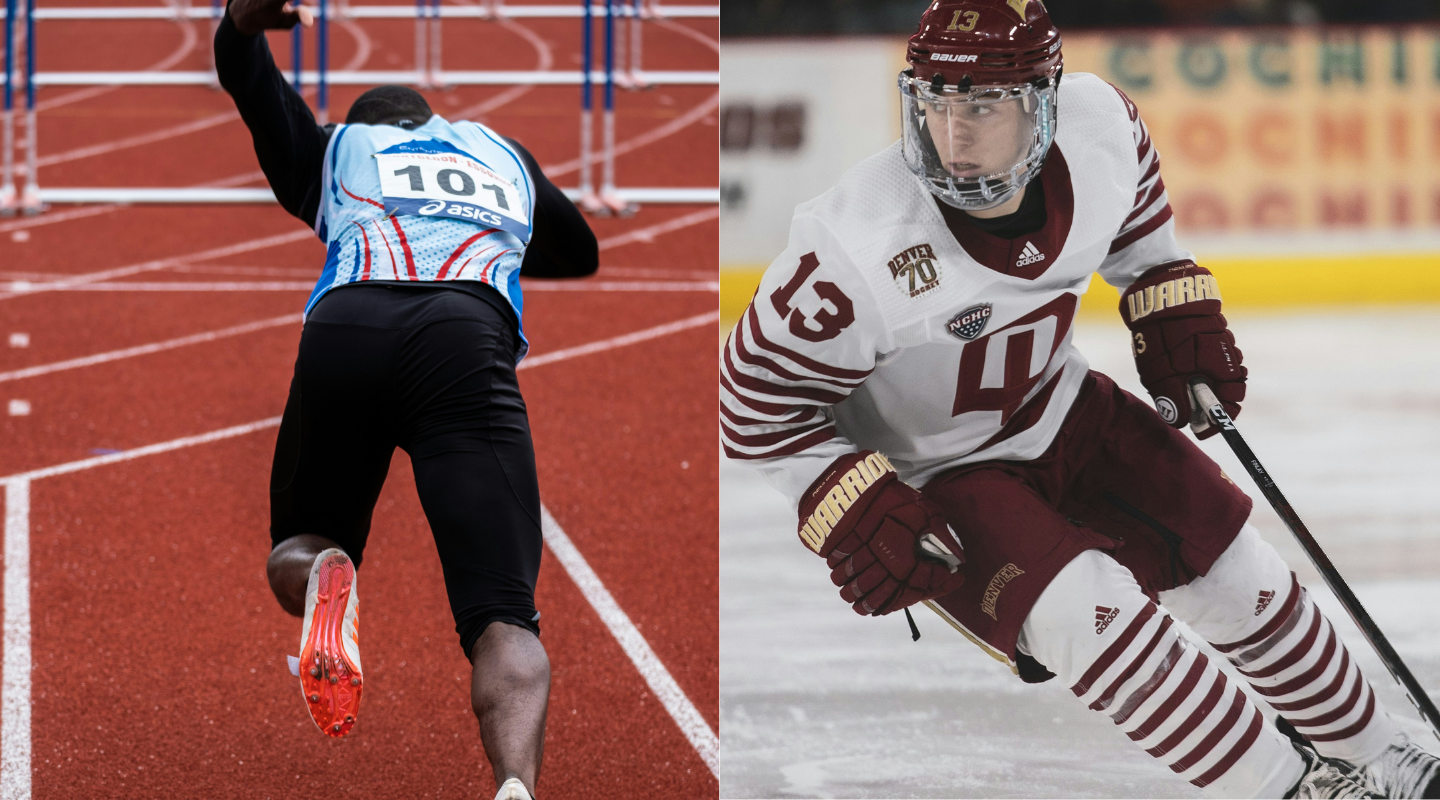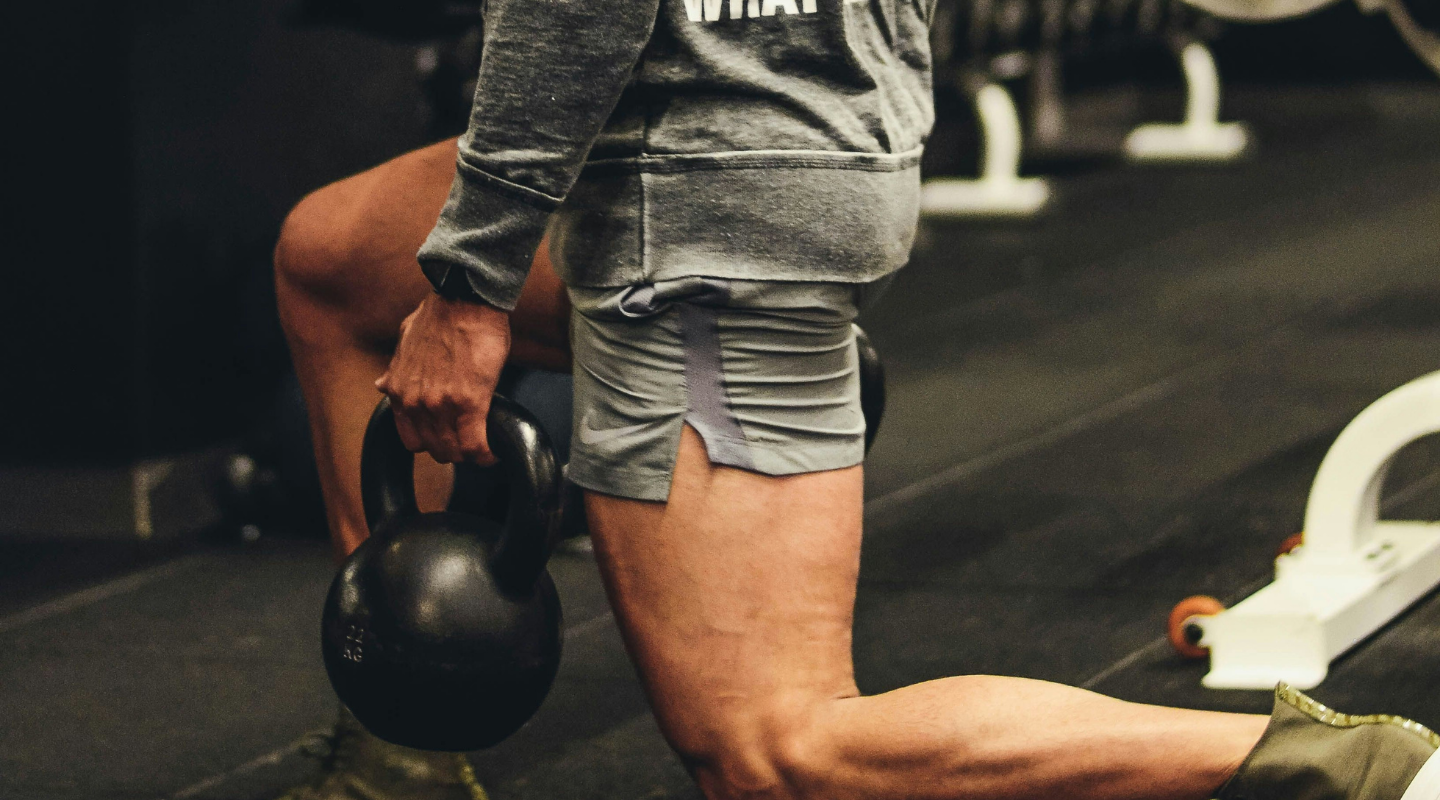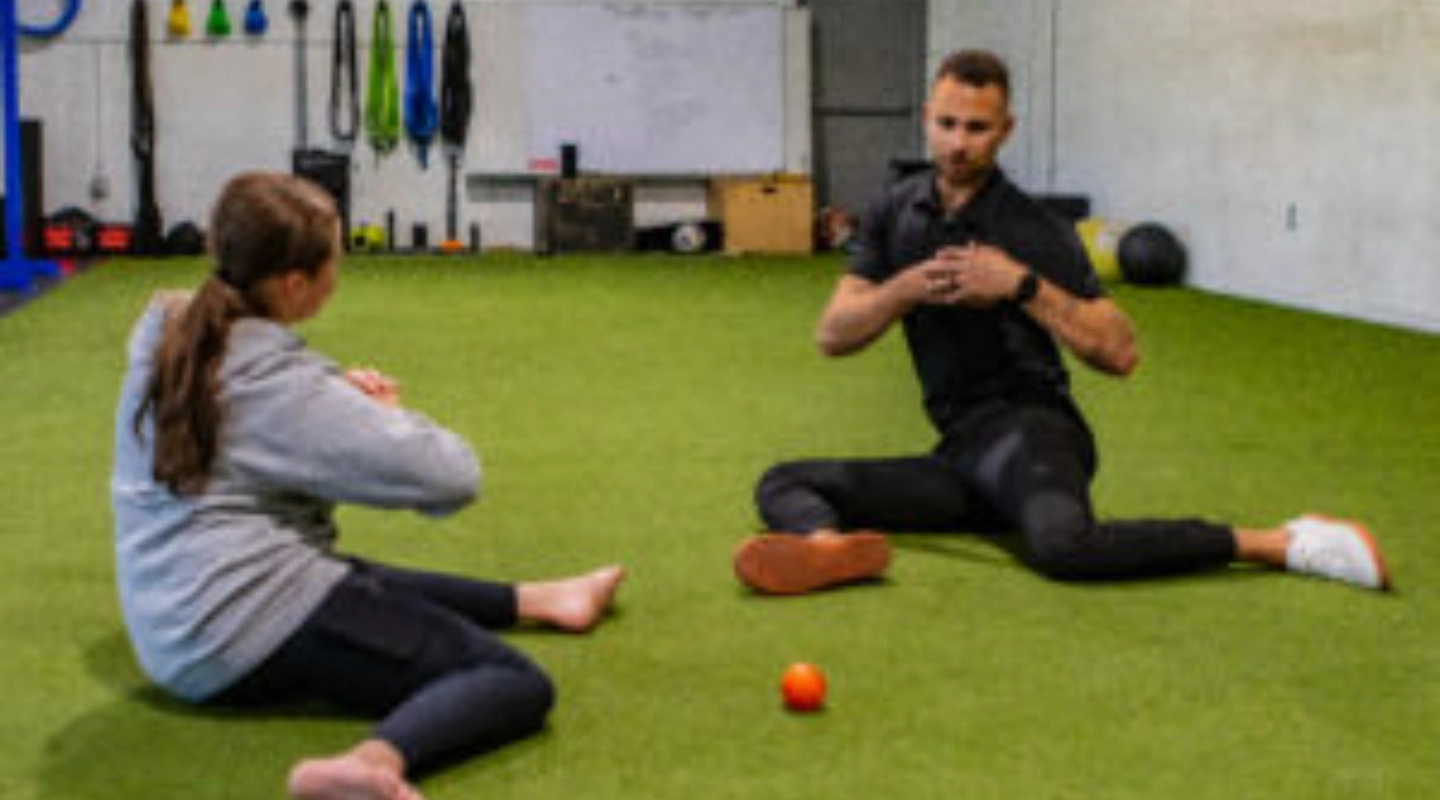
Stiff, Slow, and Sluggish After a Hockey Road Trip? Fix It in 10 Minutes
If you’re a hockey player, odds are you’re spending hours in the car or on a bus during the season, traveling to tournaments, showcases, or away games.
Whether it’s Detroit, Chicago, or Toronto, one thing is guaranteed:
You arrive home sore, tight, and stiff.
And if you skip recovery and just crash on the couch? You’ll show up to your next game or practice feeling like you’re skating through mud.
Instead, take 10 minutes to move intentionally and reset your body for high performance. This is the same post-road trip recovery flow we use with athletes at Ghost Rehab and Performance in Grand Rapids and inside EGM Labs with goalies and players across North America.
Why You Feel Stiff After Travel (and How to Fix It)
Road trips crush the systems hockey players rely on most:
- Hips and ankles tighten up from sitting
- Posterior chain shuts down (glutes, hamstrings, low back)
- Breathing patterns and posture fall apart
- Circulation slows down—your legs feel heavy
- And your nervous system? Stuck in low gear
If you want to feel light, fast, and reactive, especially after a long ride, you’ve got to get moving.
Post-Road Trip Mobility Routine for Hockey Players (10 Minutes)
Designed for hockey players of all levels, goalies, skaters, youth, or adult league vets—this reset improves mobility, posture, and blood flow.
1. Supine 90/90 Breathing (1 min)
- Lie on your back, feet on a wall, knees at 90°
- Inhale through your nose (4 sec), exhale slowly through your mouth (6 sec)
- Focus on rib expansion and pelvic control
- Resets posture and nervous system tone
2. World’s Greatest Stretch (2 min)
- Step into a long lunge
- Place both hands down, rotate through the spine toward the front leg
- Opens hips, thoracic spine, and improves stride mechanics
- 5 reps per side
3. Skater Hops with Stick Landing (2 min)
- Lateral bound and stick the landing
- Focus on control, balance, and joint stiffness
- Activates the posterior chain and improves deceleration
4. Half-Kneeling Hip Flexor + Reach (2 min)
- Kneel with one leg forward
- Tuck pelvis, shift forward, and reach overhead + away from the front leg
- Targets hip flexors and TFL (often tight after sitting)
- 5 deep breaths per side
5. Dynamic Toe Touch Roll-ups (2 min)
- Slowly roll down, touch toes, then roll up vertebrae by vertebrae
- Reconnects the posterior chain and spinal articulation
- Do 10 reps with deep nasal breathing
Optional Extras (If You’re in the Gym)
- Foam roll calves and quads (1–2 mins)
- Bike or jump rope (2–3 mins)
- Wall ball or visual reaction drills (1–2 mins)
These additions can help boost heart rate and prep your nervous system, especially before practice or a morning skate.
Why We Use This With Our Grand Rapids Hockey Athletes
At Ghost Rehab and Performance, we see hundreds of hockey players each season—from local AAA teams to junior and NCAA athletes—who struggle with tight hips, heavy legs, or poor post-travel performance.
And 9 times out of 10, it’s not because they didn’t train hard enough.
It’s because they didn’t reset their system after travel.
That’s why we include routines like this in our mobility sessions, recovery plans, and remote coaching systems inside EGM Labs.
Key Takeaways
- Travel doesn’t just make you tired—it stiffens the exact systems you need to compete
- A focused 10-minute mobility flow restores your stride, focus, and energy
- Hips, spine, and breath control are the foundation of post-travel recovery
- Don’t guess—move with intention and prepare to perform
Built by Hockey Players, for Hockey Players
Whether you’re skating for Fox Motors, TPH, or another Grand Rapids hockey team, our goal at Ghost Rehab is to help you move better, feel better, and play longer.
This isn’t fluff—it’s performance rehab built around the game.
-Dr. Jamie
.png)




